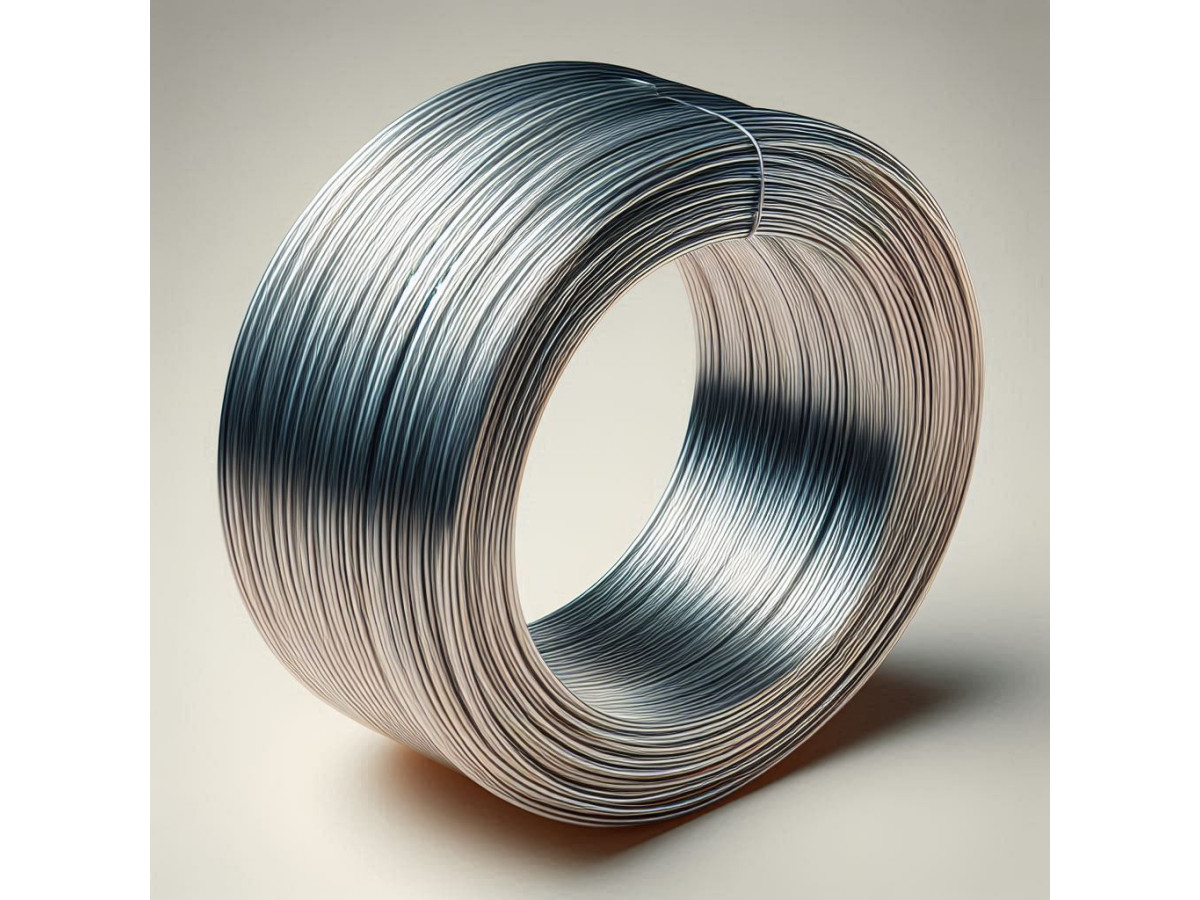Stainless steel wire is made from special grades of steel containing a certain amount of chromium. It is chromium that gives steel corrosion resistance, preventing its oxidation and rust formation. This is an important element in modern industry and construction. The production of stainless steel wire involves complex technological processes that ensure high quality and reliability of the final product.
History of origin and production methods
The history of stainless steel wire is inextricably linked with the history of stainless steel. Its appearance was a real breakthrough in metallurgy, allowing the creation of a material that has high strength, corrosion resistance and durability.
The French chemist Vauquelin discovered that chromium gives steel increased resistance to corrosion. However, the practical application of this discovery was still far away. In 1913, the English metallurgist Harry Brearley experimentally obtained a steel alloy with a high chromium content that was not subject to corrosion. This discovery marked the beginning of the era of stainless steel. The need for corrosion-resistant materials for the military industry stimulated the development of production.
New grades of stainless steel with improved properties were constantly appearing, production accuracy was increasing, and the characteristics of finished products were improving. Today, it is produced in the following way:
- Depending on the required properties of the wire, the appropriate grade of stainless steel is selected (austenitic, ferritic, martensitic or two-phase).
- The steel is melted in arc or induction furnaces. Alloying elements (chromium, nickel, molybdenum, etc.) are added to the melt, giving the steel corrosion resistance and other necessary properties.
- The molten metal is poured into ingots or blanks of a certain shape. The blanks are rolled on rolling mills to obtain thinner and longer products.
- The material is heated to a high temperature and rolled on rollers, which allows you to get a wire of a larger diameter. Wire of a smaller diameter is obtained by repeated rolling at room temperature. Cold rolling allows you to get more accurate dimensions and improve the mechanical properties of the wire. Annealing is performed to relieve internal stresses that arise during cold deformation and to improve plasticity. Quenching is used to increase hardness and strength. Tempering reduces internal stresses after quenching and increases viscosity.
The surface of the wire is cleaned of scale and other contaminants. The material is pulled through calibrating holes to obtain an accurate diameter and improve surface quality. The finished metal is wound onto coils or reels.
Product Application
Stainless steel wire is used to create reinforcing frames that increase the strength and durability of concrete structures. It is especially relevant in aggressive environments, such as sea water. It is used to produce various types of mesh: chain-link, welded, woven. They are used for fencing, filtration, and decorative purposes. Nails, staples, and clamps are made from this rolled product, which are used in construction where high corrosion resistance is required.
Stainless steel wire is used to manufacture various equipment elements: conveyor belts, springs, filters. It is indispensable for the production of packaging materials, clips, and wire ties. This material is also used to create furniture for food production, which is easy to clean and disinfect. Stainless steel wire is used as a base for applying catalytic coatings; it is used to manufacture containers, pipelines, and filters operating in aggressive environments. The production of medical implants, which must be compatible with body tissues and not cause allergic reactions, also requires this rolled metal.
Bolts, nuts, and washers made of stainless steel provide reliable connections of parts and resistance to rust. Stainless steel wire is used to create various decorative elements: radiator grilles, moldings. Another area is the production of exhaust system elements that are exposed to high temperatures and aggressive substances. Wire helps in the production of wires and cables for electrical equipment operating in high humidity and aggressive environments. It is used to create cages, cages, springs for various purposes, etc.

